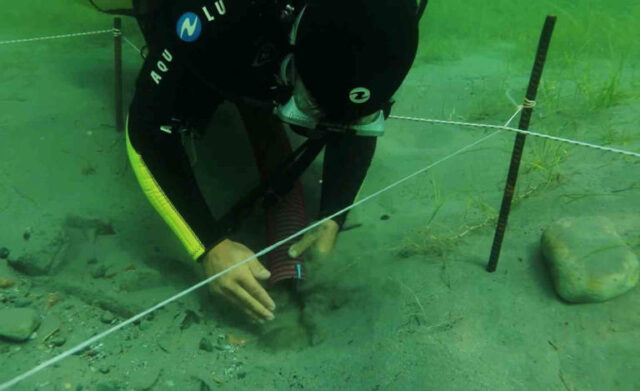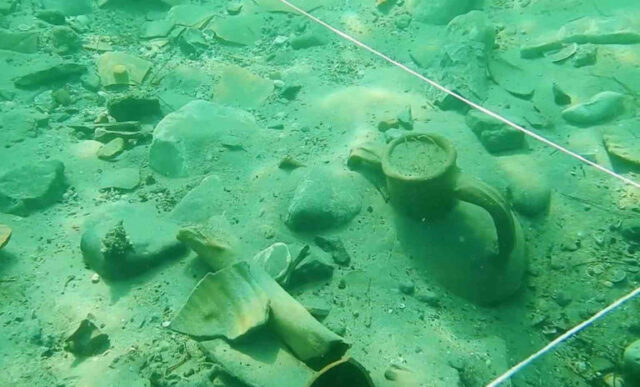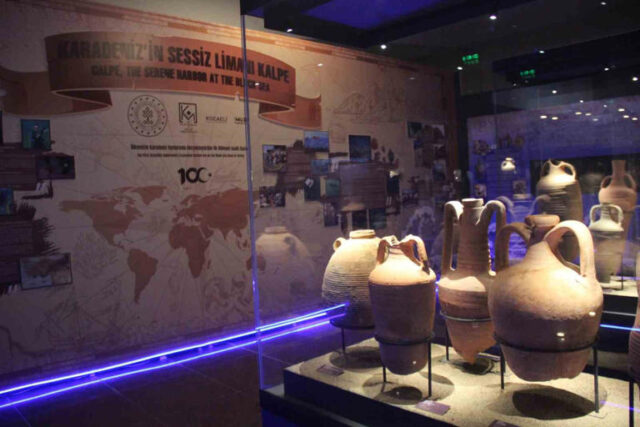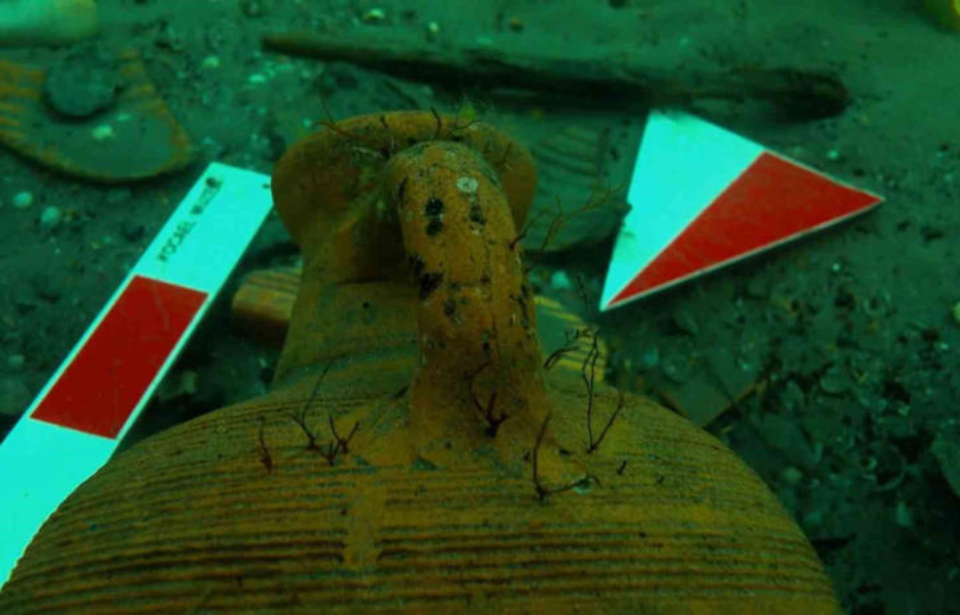Before 2020, excavations in the Black Sea had not taken place. Now, after several years of exploring the area, new information is being revealed about the history of the area. Ancient artifacts are being discovered, and new understandings of the importance of a particular harbor are being developed. It seems as though this is just the beginning of the unveiling of secrets beneath the Black Sea.
Kerpe was an important harbor in ancient times
Kerpe is a bay on the west coast of the Black Sea that has served as an important harbor for many millennia. Its name closely resembles the Hellenic word “Kalpe,” which translates to “pot” or “jug.” During that time, amphorae were the popular choice for transporting goods, so the bay’s name, which was similar to that of a major harbor, suggests its importance. Kerpe was also known during this time to have an extremely fertile climate, making it a popular destination for farmers and artisans alike.

Artifacts found near Kerpe date as far back as the 4th century BC, but we know that the bay remained a commercial center for thousands of years, including through the Roman, Byzantine, and Genoese periods. Some artifacts were dated as closely as the 12th century AD. For a long time, the harbor was a key port for supplying fuel, timber, and other goods to Istanbul during the Ottoman period. However, it eventually fell beneath the Black Sea.
Excavating the area
The first-ever excavations of the Black Sea began in 2020, and the discoveries are now being brought to light. A team of researchers dove to the site of the ancient Kerpe harbor, covering an area of approximately 2,000 square meters about 80 meters away from the shore and about four meters deep underwater. In their search, they discovered two sections of the ancient pier used at the harbor.

The team also discovered a plethora of amphorae pieces at the site, some of which have been surfaced and dated back as far as 2,400 years old. Several other important artifacts were also found near the pier, proving that Kerpe has long served as a central commercial harbor for several civilizations that lived and operated in the area.
The new exhibit
The excavations in the Black Sea are expected to continue and are being carried out by the Kocaeli Museum Directorate. This team is being supervised by the Ministry of Culture and Tourism, General Directorate of Cultural Heritage and Museums.

The director of the Kocaeli Museum, Serkan Gedük, said, “We believe that it is extremely valuable in terms of emphasizing the commercial relations between the East and the West from the Antiquity to the Ottoman period in the Black Sea. Therefore, we are trying to exhibit the cultural assets unearthed during the underwater excavations chronologically and with some animations in our museum. During the excavation works, we have identified many underwater cultural heritages, ranging from commercial amphorae remains dating from the 4th century BC to the 12th century AD, to red-glazed ceramics, lamps, pipe fragments, various cultural assets belonging to the Ottoman period and shipwreck remains that we have detected in the region.”
More from us: A Father and Daughter Just Discovered a 152-Year-Old Shipwreck While Fishing in Green Bay
What has surfaced from the excavations is being housed at the Kocaeli Museum and has been added to the new exhibit called “The Silent Harbor of the Black Sea: Kalpe.”
